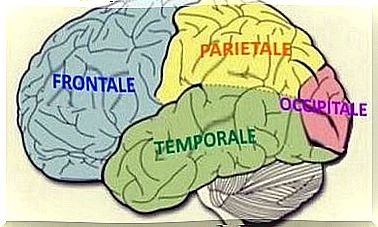John Sweller’s Theory Of Cognitive Load

John Sweller’s theory of cognitive load suggests that learning occurs best under conditions that align with human cognitive architecture. The latter, although not precisely known, is discernible through experimental research.
The cognitive load is related to the amount of information that working memory can store at the same time. Sweller said that because working memory has limited capacity, instructional methods must avoid overloading it with additional activities that do not directly contribute to learning.
Sweller thus defines a theory that treats patterns, or combinations of elements, such as the cognitive structures that form the basis of an individual’s knowledge. He did this after acknowledging George Miller’s research on information processing, which shows that short-term memory is limited in the number of items it can hold simultaneously.
John Sweller argued that instructional planning can be used to reduce cognitive load in students. Much later, other researchers developed a method for measuring perceived mental effort, indicative of emotional load.
One of the most important points of John Sweller ‘s theory of cognitive load is that a heavy cognitive load can have negative effects when it comes to completing a task. Furthermore, it shows the importance of considering that the experience of cognitive load is not the same in all individuals. For example, seniors, students and children experience different and greater amounts.

J. Sweller’s theory of cognitive load
For cognitive psychology, cognitive load is the effort put into working memory. Sweller formulated his theory to offer guidelines designed to improve the presentation of information; his goal was to foment the activities of the pupils that would optimize their intellectual performance.
This author believed that the contents of long-term memory are “sophisticated structures that allow us to perceive, think and solve problems” rather than a set of data learned by heart. These structures, called schemes, allow us to treat several elements as one. In this way, schemas are the cognitive structures that form the basis of knowledge. They are acquired during the learning lifetime and may present other patterns contained within them.
The difference between an expert and an apprentice is that the latter has not yet acquired the schemes of the former. Learning requires a change in the schematic structures of long-term memory which is demonstrated through performance, which is progressive. The different performance occurs because, as one becomes familiar with the material, the cognitive characteristics associated with it change so that the working memory can manage them more effectively.
Origins of Sweller’s theory of cognitive load
The specific teaching material planning recommendations that John Sweller proposes in his cognitive load theory include:
- Change problem-solving methods by using problems with no goals or solved examples. The aim is to avoid the use of approaches and ends that impose a heavy load on the working memory.
- Eliminate the work memory load associated with the need to mentally integrate different information sources through their physical integration.
- Eliminate the work memory load associated with unnecessary processing of repetitive information by reducing redundancy.
- Increase working memory capacity using auditory and visual information under conditions in which both sources of information are essential (non-redundant) for understanding.
Key points of the negative load theory
Negative Load Theory is an academic planning theory that reflects our cognitive architecture or the way we process information. During learning, information must be kept in working memory until it is processed enough to move into long-term memory.
The negative load theory makes learning more efficient through qualification methods that reflect the same. Among the methods used we remember:
- The measurement of experience and adaptation of academic programming.
- Reducing the space of problems by dividing them into parts and using partially completed ones and solved examples.
- The fusion of different information sources of a visual nature as long as possible.
- The expansion of working memory capacity through the use of visual and auditory channels.
Knowledge and critical thinking
One of the issues suggested by the cognitive load theory is that “knowing things” is necessary to think critically about them, or at least helps in doing so. It also suggests to us that two of the main information processing activities (knowledge acquisition and problem solving) must be considered separately, focusing first on the schema and then on problem solving.
In this sense, Sweller states that “an important reason for the ineffectiveness of problem solving as a learning device is that the cognitive processes required by the two activities overlap insufficiently, and that conventional problem solving in the form of analysis of means and aims requires relatively degrees of cognitive processing capacity which, therefore, is not available for the acquisition of schemes ”.
In other words, the reason why problem solving and domain knowledge are not directly proportional is due to the structure of the human brain. The former occupies a “crucial brain bandwidth”, which reduces what is left to learn new things. This, of course, must be taken into consideration by teachers when planning lessons, units and exams.









